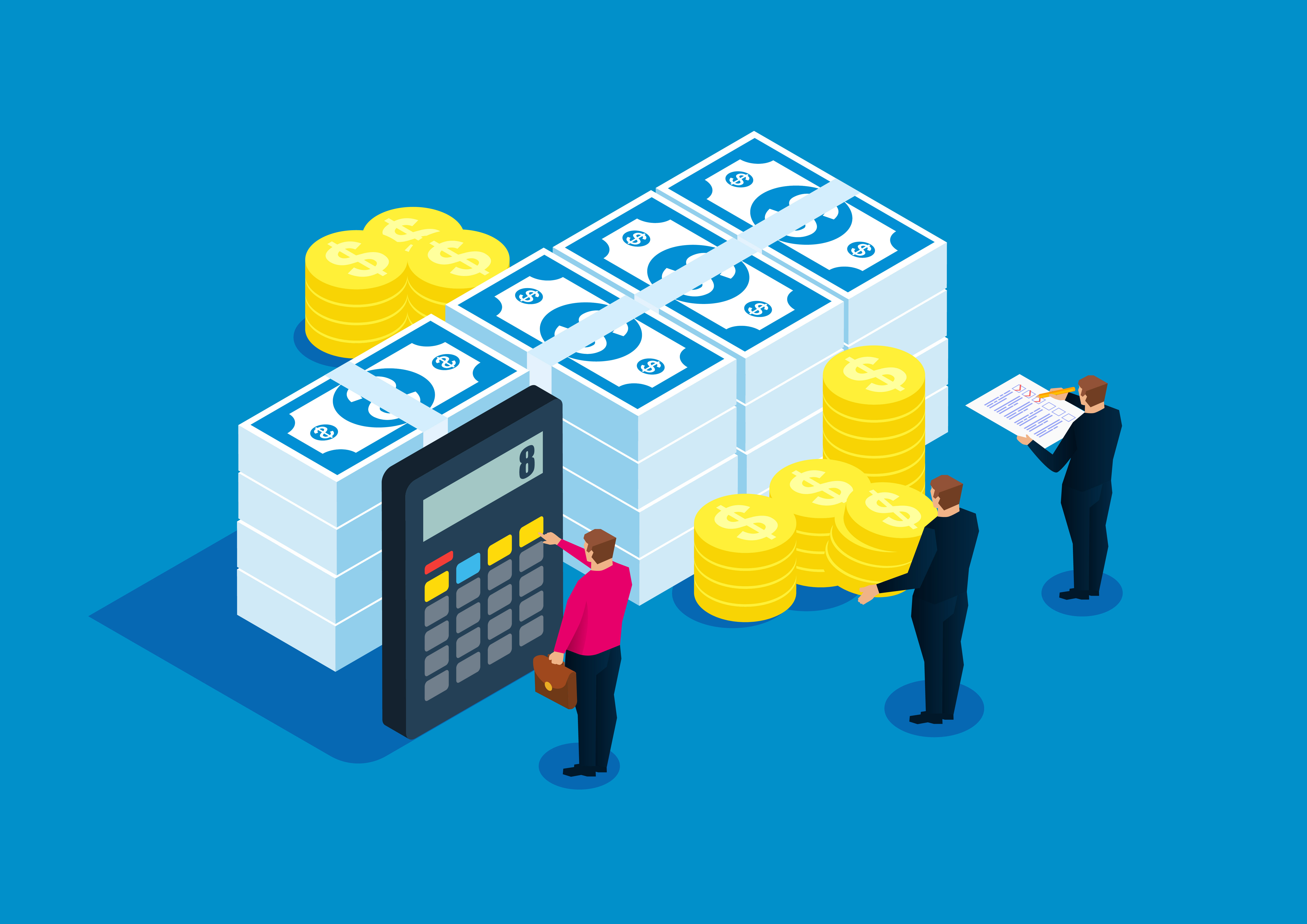
On Wednesday, the Federal Reserve raised interest rates yet again. The short-term federal funds rate was raised by 25 basis points, or 0.25%, bringing it to a target range of 5.25%-5.50%. Since March 2022, the Federal Open Market Committee (FOMC) the central bank's rate-setting group, has been increasing interest rates in an attempt to combat inflation. They began with a quarter-point increase, followed by a 50 basis-point hike in May last year.
This marks the 11th rate increase, since March 2022, and more rate hikes are still on the table. The central bank reiterated prior language from its policy statement saying “some additional policy firming" may be warranted, which could mean that the FOMC could be raising rates at their next meeting.
If this is the case, rates on savings accounts may go up following this interest rate hike, but could taper off or decline if they change course and on pause next month. Here's what you need to know about the Fed’s impact on savings rates.
What this means for savings accounts
Understandably, the question on many people's minds after the latest Fed announcement is: are we at the peak for savings accounts?
When the Fed raises interest rates, typically rates on savings accounts also go up. This is because offering a high APY (annual percentage yield) on accounts is an effective way for banks to compete for customers and attract deposits. For this reason, you’ll likely see the highest rates among smaller, online banks as opposed to brick-and-mortar institutions.
Therefore, savings rates have been steadily on the rise since the Fed began hiking interest rates last year. In fact, some of the top earning high-yield savings accounts, money market accounts and CD accounts are offering impressive rates - over 5% in some cases. You can use our new comparison tool — powered by Bankrate — to compare rates on high-yield savings accounts, as well as CDs, today.
Earlier this year, Bankrate predicted that rates would peak before leveling out, and after the June Fed meeting it seemed that was likely to happen - especially given bank failings and slowing inflation. But, the Fed has restarted hiking interest rates, and savings rates could increase. We will have to wait for the next FOMC meeting in September to see if the Fed increases rates again.







